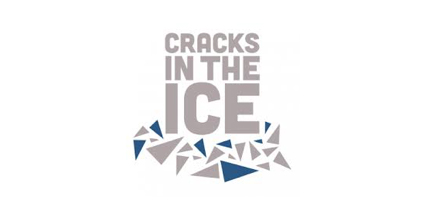Pharmaceutical fentanyl, a synthetic opioid prescribed to manage severe pain, is distinct from illicitly manufactured fentanyl (IMF) and fentanyl analogues, with the latter comprising substances with similar chemical structure but variable toxicity, and significantly more potent, compared to pharmaceutical fentanyl. Increased deaths due to synthetic opioids, including fentanyl, have been recorded in a number of countries. In the US, this is largely driven by IMF. Of international concern is the emergence of illicit drugs (e.g., heroin) adulterated with IMF and analogues and counterfeit medicines containing these substances, resulting in significant harms and an increased risk of overdose.
There are indicators of illicitly manufactured fentanyl and Wentanyl analogue availability in Australia, yet possible unwitting consumption means that quantification of use amongst people who use drugs is unknown. This study will est expanding urine sc’reening in drug treatment to include fentanyl and fentanyl analogues with the aims of:
- Assessing feasibility of expanding and enhancing existing screening methods to better identify new and emerging substances; and
- Assessing concordance of self-report and biological assessment of substance use to determine witting and unwitting substance consumption (including such use of fentanyl), and characteristics of those who are at risk of reporting fentanyl (particularly unwitting) use.
To achieve this, urine drug screens (UDS) routinely performed for commencing opioid agonist treatment (OAT) and for established recipients on OAT for opioid dependence at a large inner-city service (Rankin Court treatment Centre; RCTC) will be expanded over a four week period (n=100 samples) to include testing for fentanyl and Wentanyl analogues, which are not currently routinely tested for. Results will then be compared to self-reported drug use.
The findings of this project will yield three much needed outcomes:
- Inform feasibility of developing a national sentinel surveillance system, with expansion of this screening approach to other treatment agencies which incorporate UDS.
- Provide much needed additional public health data required to elucidate the penetrance of fentanyl in the Australian drug market.
- Identify target population for future interventions to reduce risk of overdose
Dr Craig Rodgers, Chief Investigator
St Vincent’s Health Australia, Conjoint Lecturer UNSW
Dr Amy Peacock, Associate Investigator
National Drug and Alcohol Research Centre (NDARC), UNSW
Dr Krista Siefried, Associate Investigator
St Vincent’s Health Australia, National Centre for Clinical Research on Emerging Drugs (NCCRED), UNSW
A/Prof Nadine Ezard, Associate Investigator
St Vincent’s Health Australia, NCCRED, UNSW
Ms Julie Dyer, Associate Investigator
St Vincent’s Health Australia




